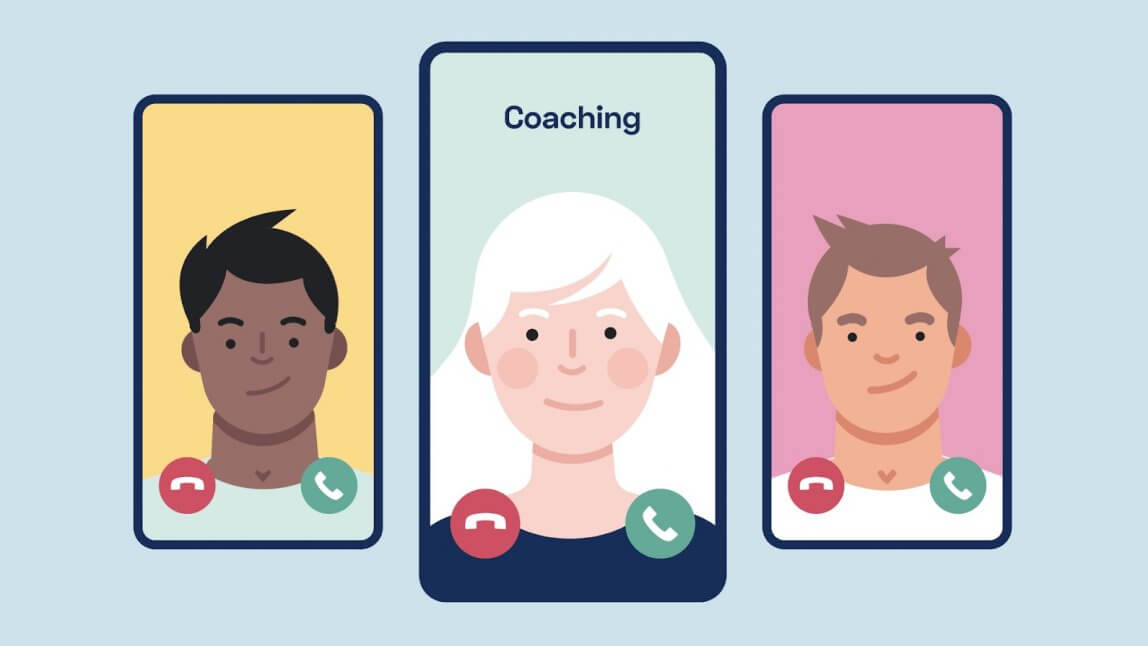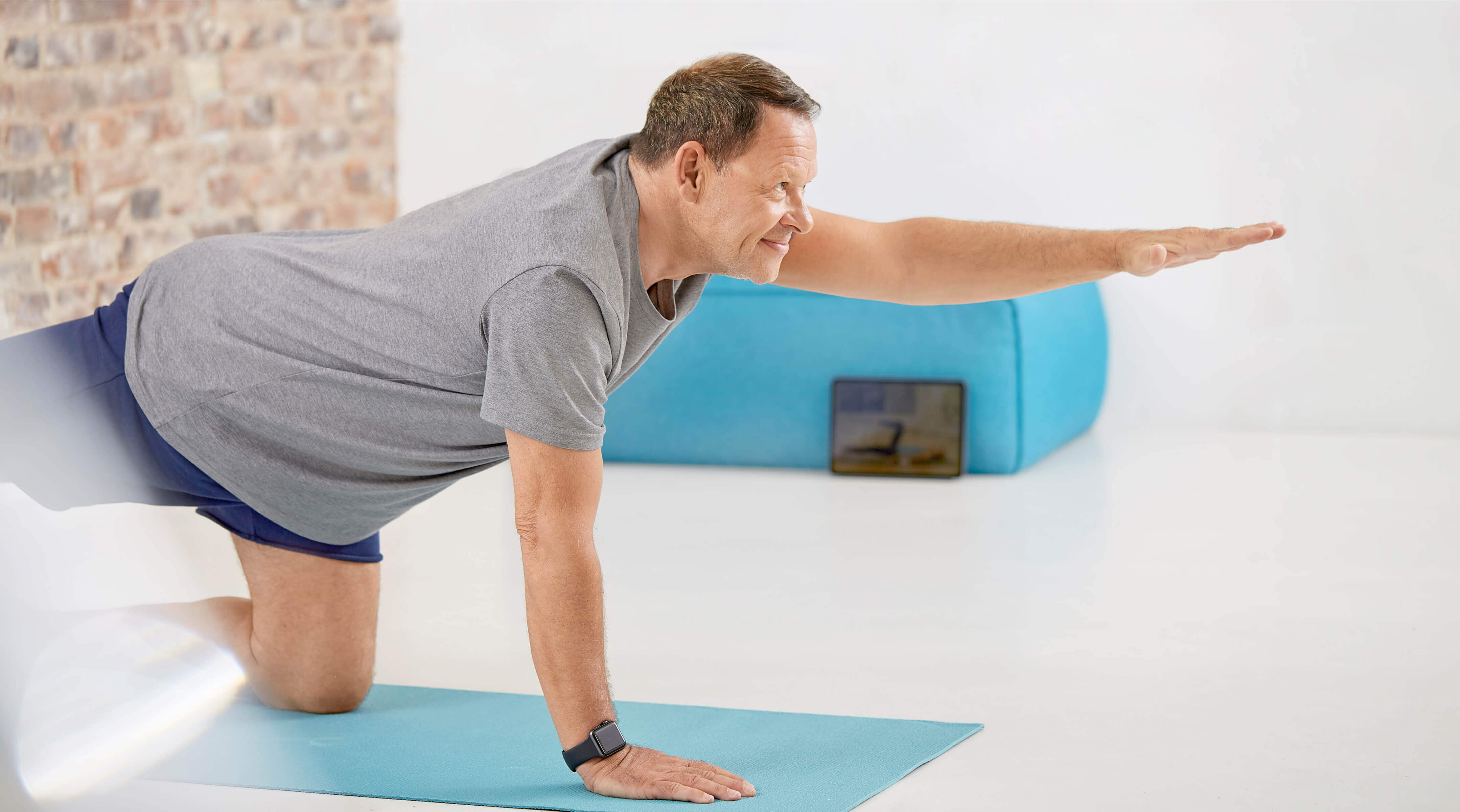
Seven Tips to Stay Motivated and Moving
At Kaia, we know a thing or two about jump-starting motivation. Read on and we’ll show you how with our top 7 tips for getting—and staying—motivated to exercise daily.
8 min read

Further Reading
-
 Historic agreement with Chiesi Group forges innovative digital therapeutics-pharmaceutical partnership on at-home respiratory care therapy solution, builds foundation for U.S. market3 min read
Historic agreement with Chiesi Group forges innovative digital therapeutics-pharmaceutical partnership on at-home respiratory care therapy solution, builds foundation for U.S. market3 min read -

Kaia Health SMART Coaching Model Drives Digital MSK User Experience, Engagement, and Outcomes
Highly individualized coaching experience and exercise goals maximize therapeutic effectiveness while reducing MSK medical spend.4 min read -

Yoga: An Ancient Practice for Modern Living
Yoga is an age-old practice rooted in tradition. However, it's actually quite well suited for modern life!5 min read